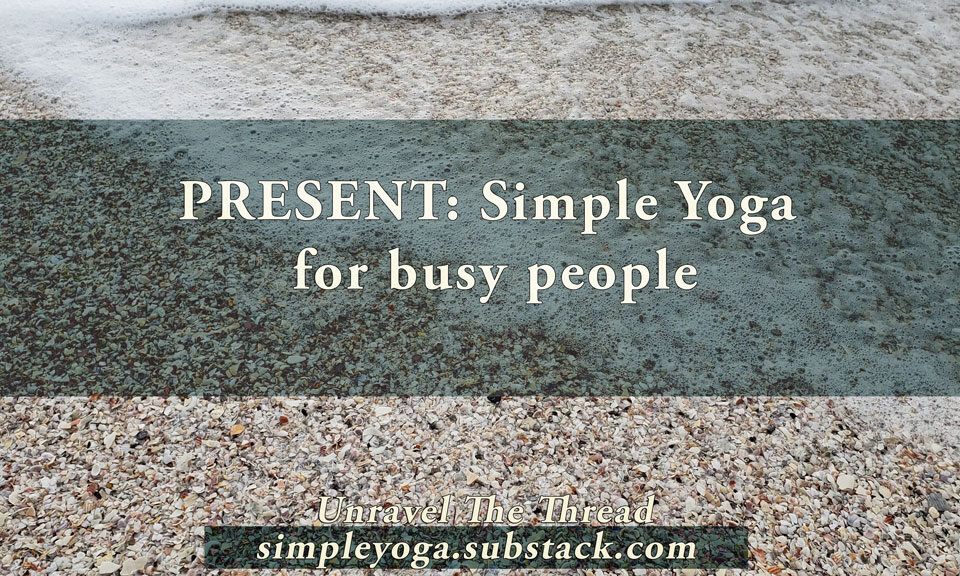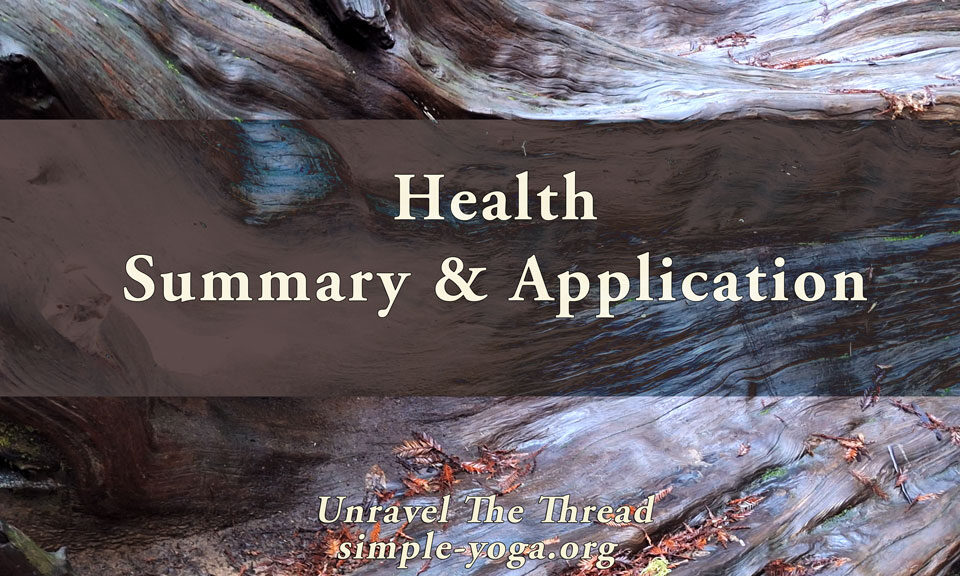Is there somebody else practicing Yoga on your mat?
January 19, 2008Breathing Awareness
February 22, 2008Is there somebody else practicing Yoga on your mat?
January 19, 2008Breathing Awareness
February 22, 2008Yoga and diet



Food Confusion
Eating is a privilege not available to all the people in the world. It is promising to know that more people are working to bring awareness to these issues. Many of us are fortunate enough to be able to choose what we eat. However, in recent years, deciding what to eat seems to have become a complex task. Partly, the complexity may indicate that there are more food choices and also a grwoing interest in issues related to food, eating and health. For instance, there are excellent blogs devoted to issues related to choosing our food like What to Eat, The Ethicurean and Eat Local Challenge, as well as increasing numbers of books dealing with food and nutrition, such as The Omnivore’s Dilemma, Animal, Vegetable, Miracle, What to Eat, as well as numerous others. And that does not include the growing list of books related to food allergies or the ever changing offering of diet books. When there is so much information, making informed choices can be a daunting task.
A simple question
What to eat? is a very simple question with growingly diverse and complicated answers. Perhaps, the complexity of the answers increases when we consider the multiple levels of relationships between food and the world around us. In other words, when we pause to consider the relationships between us, our food and the world around us we start to understand that those relationships are multilayered and often far from simple. As we learn more about food we find that there are significant issues related to the safety of the food we eat, its origin, and what it consists of. The immediate connection between food and health, however, continues to draw our attention. For instance, the fact that food allergies have increased 400% in the last two decades should make us think about the food we eat. Moreover, according to the World Health Organization a combination of changes at the global, social and personal levels influences diet in ways that result in increased chronic diseases such as cardiovascular diseases, diabetes, hypertension, stroke and some forms of cancer (some of these diseases are also known as “Western Diseases” because of their connection to the typical diet in industrialized countries in the Western hemisphere). Although some academics have recently suggested that the effects of the epidemic of obesity are exaggerated, the trends in the U.S. indicate significant changes worth considering. According to the World Health Organization “obesity has reached epidemic proportions globally.” Besides, specific eating habits and food industry practices have significant ecological impacts that also need to be considered.
Michael Pollan’s most recent book, In Defense of Food (based on his article Unhappy Meals), provides a simple answer to the question what to eat to maximize our health: “Eat food. Not too much. Mostly plants“. Pollan’s clarification of his simple answer –which makes up his book, indicates that eating for optimal health has become complicated partly due to the deep web of connections between the food industry, marketing and the food politics of our times. Pollan’s proposes a set of rules of thumb that help readers clarify what is considered food, what food to eat and also how to eat it. As the author acknowledges, the existence of his book is a testament to our confusion about eating.
Yogic Diet
Figuring out what to eat for optimal health is not a new concern. From the perspective of Yoga, the oldest classical surviving text on Hatha Yoga, the Hatha Yoga Pradipika (15th century CE) indicates in chapter 1, verses 59 through 65, the foods that Yogis should avoid, the foods that are beneficial and the appropriate amount of food to eat. When looking at some of the numerous online resources about Yoga, it does not seem that any of these resources refer back to the Hatha Yoga Pradipika regarding food and diet. This is understandable, partly because of differences due to time and geographic location, and partly because there are certain practices advocated by the ancient treatise (although not necessarily the ones related to food) that seem rather extreme and perhaps inappropriate. In general, contemporary resources note that the Yogic diet is a vegetarian diet. However, when you read a definition of vegetarianism a number of labels emerges: ovo-vegetarian, lacto-vegetarian, lacto-ovo-vegetarian, veganism, fruitarianism, raw veganism. Moreover, the food section of the Yoga Journal includes articles about vegetarianism, veganism, raw food, and also advise on being a caring carnivore.
Labels and Questions
Instead of clarifying the issue, looking at Yoga sources for clues about food and eating may compound the confusion in answering the simple question “what to eat?.” It seems to me that everywhere we look we find different labels that determine (with varying levels of flexibility) what we can, should and cannot eat.
I feel that Yoga is about bringing clarity into our lives. Indeed, our Yoga practice aims to optimize the flow of our physical, mental and emotional energy so that we can participate fully and consciously in the interconnectedness of life. Indeed, our Yoga practice does not consist of a predetermined set of rules that we need to follow mechanically. On the contrary, Yoga practice requires us to pay attention, be mindful and make intelligent decisions that are based on our vibrant connection with life. It follows that the yogic approach to eating should take into account our individual circumstances and needs while facilitating the optimal flow of energy and enabling our full participation in life. Nevertheless, in case of doubt, I would suggest using two questions to confirm our food choices:
- Does the food I am about to eat optimize the flow of my physical, mental and emotional energy?
- Does the food I am about to eat help me participate fully and consciously in the interconnectedness of life?
If the answer to both questions is a clear and unequivocal YES!, it is quite likely that the food we are about to eat is exactly what we need and thus will be delicious, nourishing and life affirming.
Namaste

